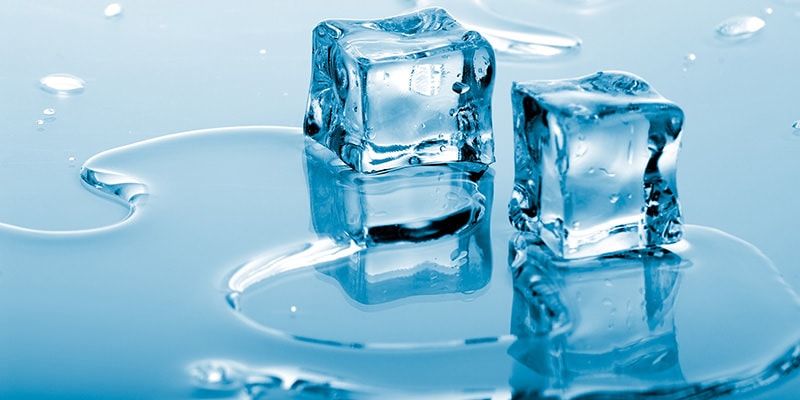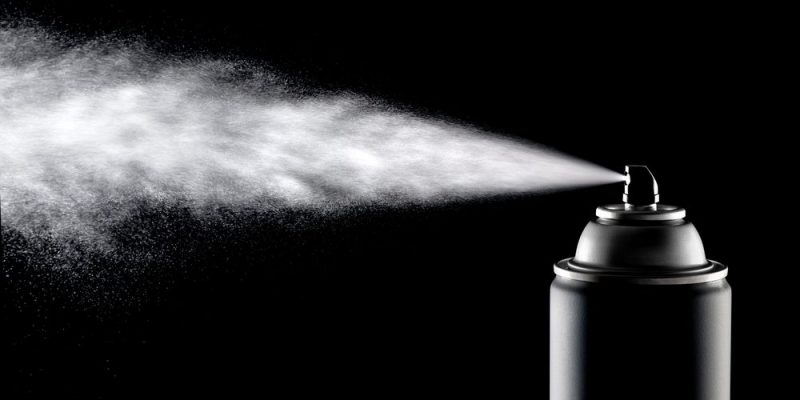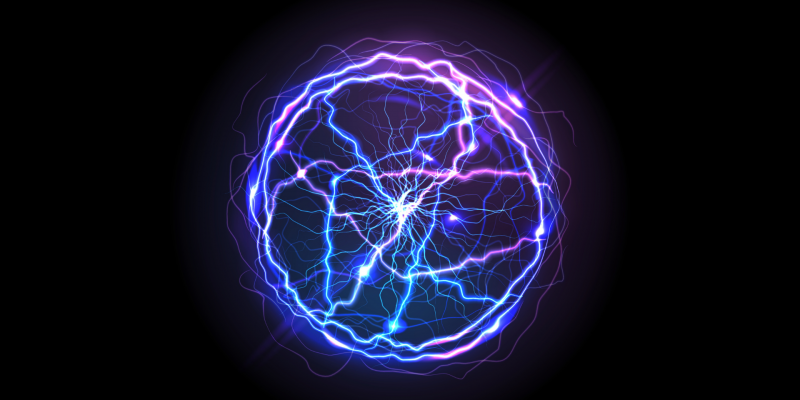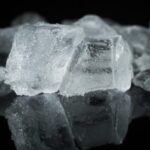We explain what they are and what the states of aggregation of matter are. Solid, liquid, gaseous and plasmatic state.

What are the states of matter?
The states of matter are the different phases or states of aggregation in which known matter can be found whether pure substances or mixtures. The state of aggregation of a substance depends on the type and intensity of the bonding forces that exist between its particles (atoms, molecules, ions, etc.). Other factors that influence the state of aggregation are temperature and pressure.
The best-known states of matter are three: solid, liquid and gas, although there are also other less frequent states such as plasma and other forms that do not occur naturally in our environment, such as fermionic condensates. Each of these states has different physical characteristics (volume, fluidity, resistance, among others).
See also: States of water
Changes in states of matter
By modifying the conditions of temperature and pressure, the state of aggregation of a substance can be transformed but its chemical properties will remain the same. For example, we can boil water to change it from a liquid state to a gaseous state, but the resulting water vapor will still be composed of water molecules.
The transformation procedures of the phases of matter are usually reversible and the best known are the following:
- Evaporation. It is the process by which, by introducing caloric energy (heat), part of the mass of a liquid (not necessarily all of the mass) is transformed into a gas.
- Boiling or vaporization. It is the process by which, by supplying heat energy, the entire mass of a liquid is transformed into a gas. The phase transition occurs when the temperature exceeds the boiling point (temperature at which the vapor pressure of the liquid becomes equal to the pressure surrounding the liquid, therefore, it becomes a vapor) of the liquid.
- Condensation It is the process by which, by removing heat energy, a gas is transformed into a liquid. This process is contrary to vaporization.
- Liquefaction It is the process by which, by greatly increasing the pressure, a gas transforms into a liquid. In this process, the gas is also subjected to low temperatures, but what characterizes it is the high pressure to which the gas is subjected.
- Solidification. It is the process by which, by increasing pressure, a liquid can transform into a solid.
- Freezing It is the process by which, by removing heat energy, a liquid transforms into a solid. The phase transition occurs when the temperature takes values lower than the freezing point of the liquid (temperature at which the liquid solidifies).
- Fusion. It is the process by which, by supplying caloric energy (heat), a solid can be transformed into a liquid.
- Sublimation It is the process by which, by supplying heat, a solid is transformed into a gas, without first passing through the liquid state.
- Reverse deposition or sublimation. It is the process by which, by removing heat, a gas transforms into a solid, without first passing through the liquid state.
The solid state

Matter in solid state It has its particles very close together united by attractive forces of great magnitude. Due to this, solids have a defined shape, high cohesion, high density and great resistance to fragmentation.
At the same time, the solids have low or no fluidity they cannot be compressed, and when they are broken or fragmented, other smaller solids are obtained from them.
There are two types of solids, according to their shape:
- Crystalline Its particles are arranged in geometrically shaped cells, so they usually have a regular shape.
- Amorphous or glassy. Its particles do not come together in an ordered structure, so their shape can be irregular and varied.
Examples of solids are: minerals, metals, stone, bones, wood.
The liquid state
The particles of liquids are still united by attractive forces, but much weaker and less ordered than in the case of solids. Therefore, liquids do not have a fixed and stable shape, nor do they have high cohesion and resistance. In fact, liquids take on the shape of the container that contains them, they have great fluidity (they can be introduced through small spaces) and a surface tension that makes them adhere to objects.
Liquids are poorly compressible and, with the exception of water, tend to contract in the presence of cold.
Examples of liquids are: water, mercury (despite being a metal), blood.
The gaseous state

In the case of gases, the particles are in a state of dispersion and so far apart that they barely manage to stay together. The force of attraction between them is so weak that they are in a disordered state, which responds very little to gravity and occupy a much larger volume than liquids and solids, so a gas will tend to expand until it occupies the entire volume. space in which it is contained.
The gases have no fixed shape or fixed volume and in many cases they are colorless and/or odorless. Compared to other states of matter, they are chemically unreactive.
Examples of gases are: air, carbon dioxide, nitrogen, helium.
Continue in: Gaseous state
The plasma state

Plasma is a state of aggregation of particular matter, which can be understood as an ionized gas that is, composed of atoms to which electrons have been removed or added and, therefore, have a fixed electrical charge (anions (-) and cations (+). This makes plasma an excellent transmitter of electricity.
On the other hand, plasma particles interact very strongly with electromagnetic fields. Because plasma has its own characteristics (which do not correspond to solids, gases, or liquids) it is said to be the fourth state of matter.
There are two types of plasmas:
- Cold plasma It is the plasma in which the temperature of the electrons is higher than that of heavier particles, such as ions.
- Hot plasma It is the plasma whose ionized atoms heat up enormously because they are continually colliding and this generates light and heat.
Examples of plasma are: the Sun, electronic screens, or the inside of fluorescent tubes.
References
- «Research and Science» Number 381. June 2008. Digital magazine.
- “The Plasma” on Nasa.gov.





